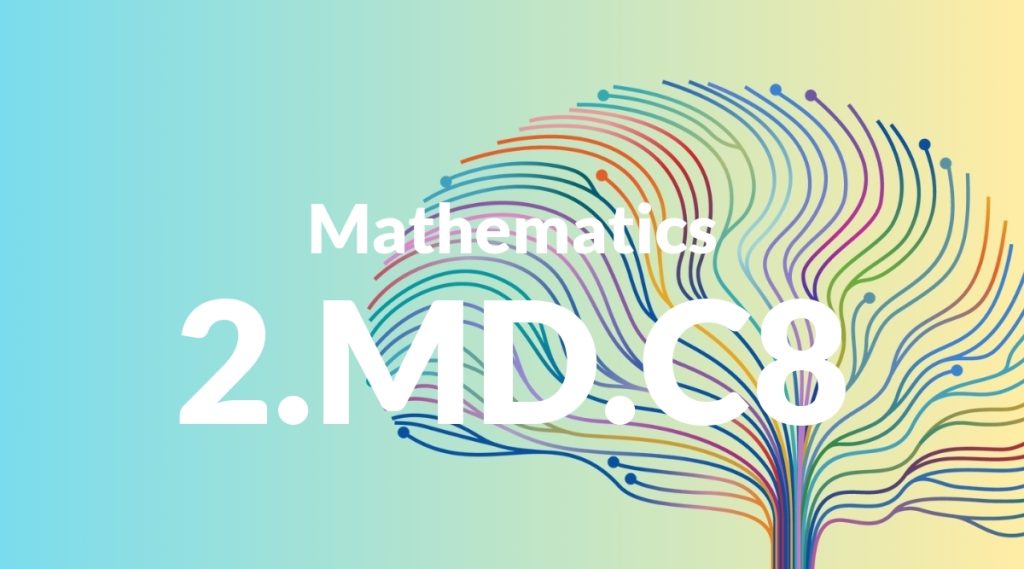Standard: 2.MD.C8 – Solve word problems involving dollar bills, quarters, dimes, nickels, and pennies, using $ and ¢ symbols appropriately. Example: If you have 2 dimes and 3 pennies, how many cents do you have?
Grade level: Grade 2
Subject: Mathematics
Domain: Measurement & Data
Teacher Overview
This standard focuses on solving word problems that involve money, requiring students to accurately use dollar and cent symbols. It’s crucial as it builds foundational skills for financial literacy and practical math applications. Students should be able to identify and understand the value of different coins and bills. They should also be comfortable with basic addition and subtraction.
After mastering this standard, students will be able to tackle more complex money-related problems, including making change and understanding basic financial concepts like budgeting and saving.
Common Misconception 1
A common misconception is that students may confuse the values of different coins and bills, thinking, for example, that a nickel is worth more than a dime because it is larger.
Intervention 1
To remediate this, use hands-on activities with real or play money to practice identifying and counting different coins and bills. Reinforce learning with visual aids and repetition.
Common Misconception 2
Another misconception is that students may incorrectly use the $ and ¢ symbols interchangeably, not understanding that $ represents dollars and ¢ represents cents.
Intervention 2
Provide visual aids and practice problems that emphasize the correct usage of $ for dollars and ¢ for cents. Reinforce the difference through consistent practice and examples.
Prerequisite Knowledge
Students should be familiar with basic coin and bill identification and their respective values. They should also have basic addition and subtraction skills.
Subsequent Knowledge
Students will develop the ability to solve more complex word problems involving money, including making change and understanding the concept of savings and budgeting.
Instructional Activities
- Role-play a store scenario where students buy items and calculate total cost
- Use play money to practice making change
- Create a classroom store where students can buy and sell items
- Work on worksheets with word problems involving money
- Use interactive online games focused on counting money




